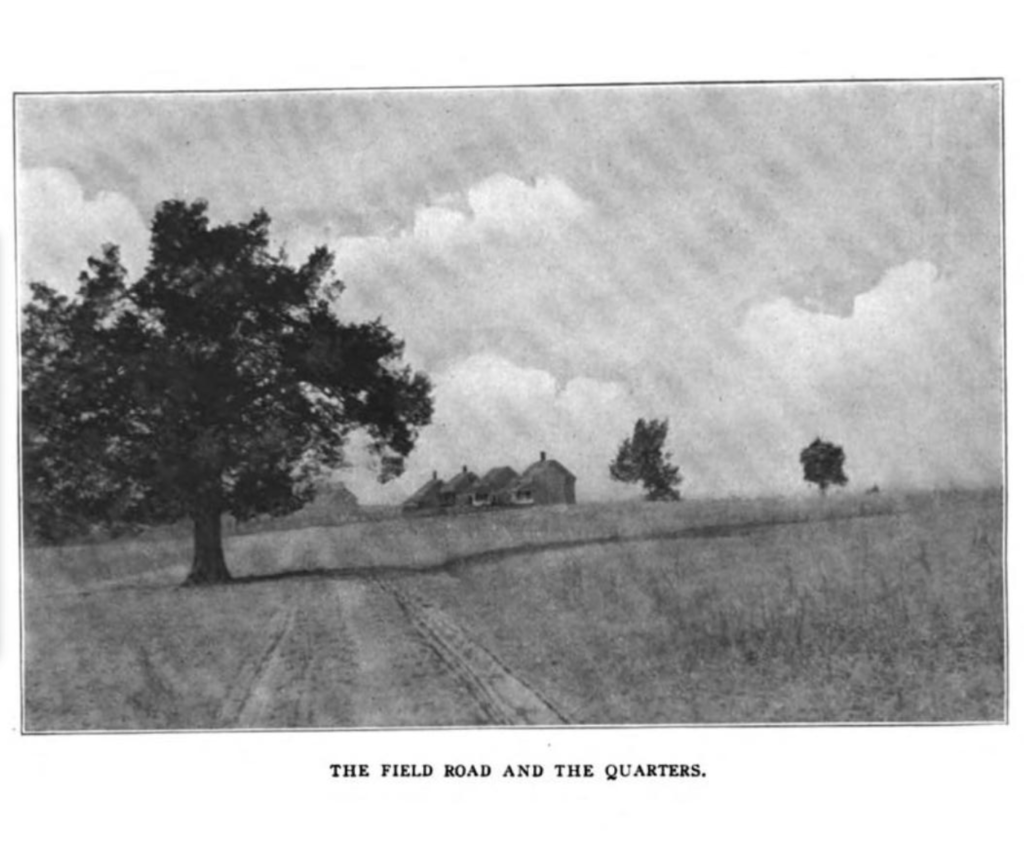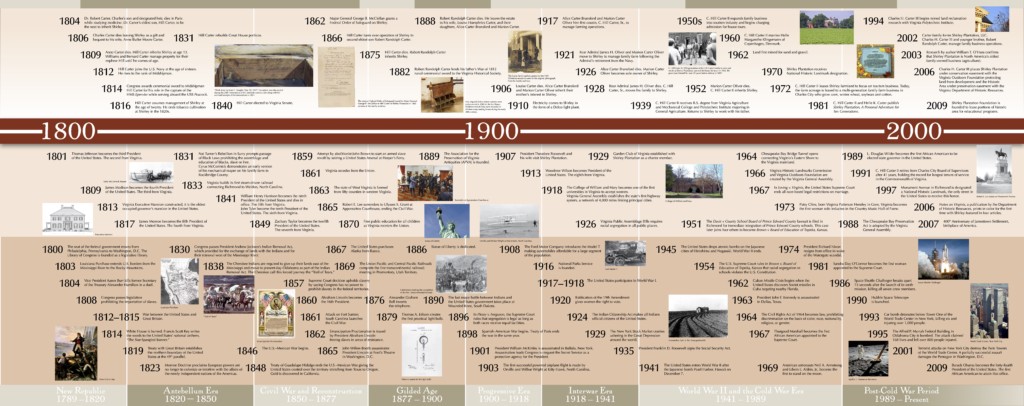General History
Shirley stands as a testament to Colonial life and the early American history of the indigenous, settlers, indentured, and enslaved.
Shirley is Virginia’s first plantation, founded in 1613 after a royal land grant carved the plantation out of the Virginia frontier. Shirley is also the oldest family-owned business in North America dating to 1638 when Edward Hill I began farming in Charles City along the James River. Construction of the present manor house began circa 1723 when Elizabeth Hill married John Carter, the eldest son of Robert “King” Carter. Completed in 1738, the “Great House,” is largely in its original state and the 11th and 12th generations of the Hill Carter family are the current stewards of the property.
_________________________________________
History of the Indigenous
Native Americans resided on the property now known as Shirley before the English arrived. The Algonquian-speaking Weyanoke tribe was already farming the land, but as Europeans began to make their way up the James River the tribe fled to escape the intrusion of the British colonists.
For more information on the indigenous:
Settling the James River – The National Park Service
Indians in Virginia in Encyclopedia Virginia
_________________________________________
History of the Indentured
The earliest record of indentured servants at West and Shirley Hundred dates to 1616 when John Rolfe documented that Captain Isaac Madison commanded 25 indentured, white men in planting and curing tobacco. Indentured servitude continued at Shirley through the early 1700s when the enslaved became the primary labor force.
For more information on the indentured:
Indentured Servants in Colonial Virginia in Encyclopedia Virginia
_________________________________________
History of the Enslaved
The earliest record of an African at Shirley came from a 1622 census. The earliest Africans in Virginia were usually considered indentured servants, often for life, until 1661 when Virginia passed its first law allowing any free person the right to own slaves. Over the next two centuries, enslaved Africans and their descendants were the primary labor force at Shirley. There is little documentation about the enslaved prior to 1816 and there are no known first-hand accounts from the enslaved themselves. When slavery was abolished in 1865 the former slaves remaining at Shirley became wage laborers.
For more information on the enslaved:
AfroVirginia – a project by Virginia Humanities – Shirley Plantation
Enslaved Ancestor File for Shirley Plantation
Charles City County presents Freedom’s Jubilee, An African American Journey
_________________________________________
Resources for Genealogical Research
The Shirley Plantation Foundation is a 501(c)(3) non-profit organization dedicated to preserving and sharing this important piece of American history. The foundation is not a genealogical research institution and does not conduct research for the public. The Shirley Plantation and Hill Carter family records are at the Albert and Shirley Small Special Collections Library at the University of Virginia and are also available on microfilm at the Charles City Center for Local History. Please find a list of resources for conducting genealogical research below.
Charles City Center for Local History
Enslaved Ancestor File for Shirley Plantation
Albert and Shirley Small Special Collections Library
Historic Christ Church Foundation
William and Mary University’s Swem Library
Colonial Williamsburg Foundation
_________________________________________
Shirley Plantation Timeline – 1587 – 2009
A timeline of events from Shirley’s history along with events from Virginia and American history beginning in 1587 through 2009.
_________________________________________
Hill Carter Family Tree
_________________________________________
A photograph depicting multiple quarters once lived in by the enslaved at Shirley
from the book Houseboating on a Colonial Waterway.

Today there is only one of the quarters photographed still standing. It is located on property that is now owned by a neighbor.



